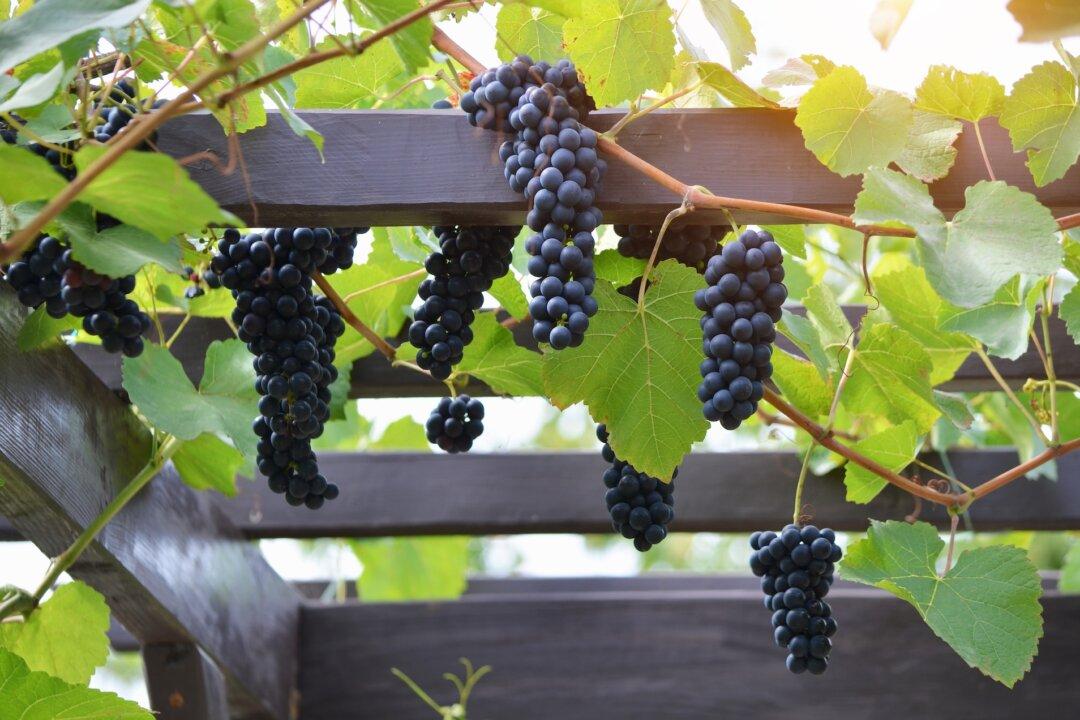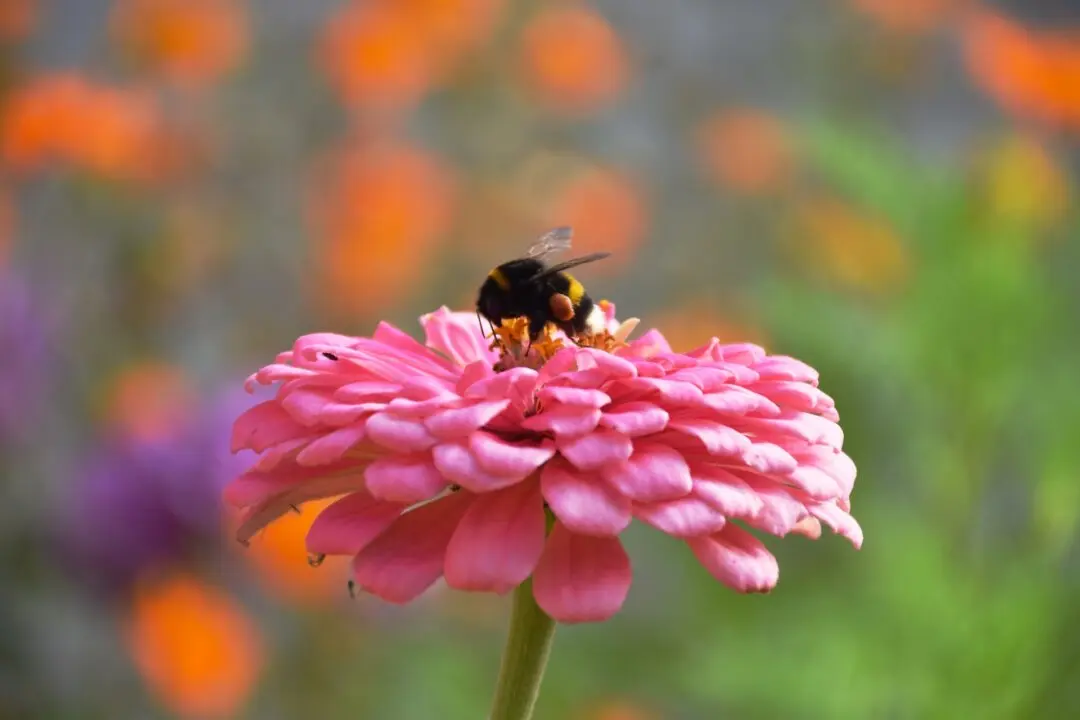Q: We planted grapevines a couple of years ago, and they are growing some clusters of grapes. Unfortunately, birds are eating them. We tried a big net over the whole area, but the birds seem to find a way to get in anyway. Any suggestions on how to keep the birds out?
A: You are lucky to only have birds eating your grapes; raccoons, possums, and other mammals all like grapes, too. Netting draped over the whole vine can work very well, but it needs to be pinned down to the ground to keep birds from going under it. There are wider rolls for grapevines that work better than the standard bird netting. If the netting is too short to reach the ground, tie it shut across the bottom to keep the birds out.





